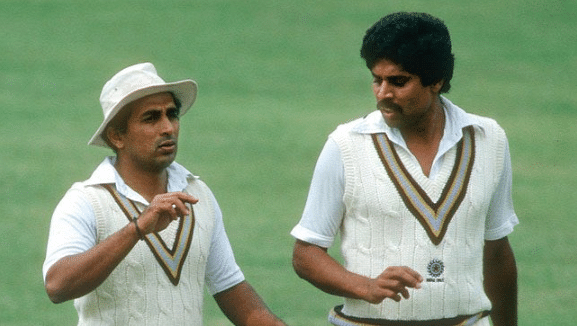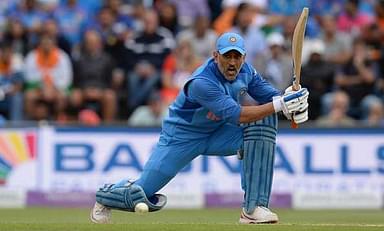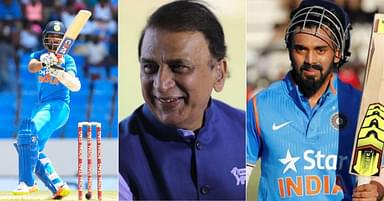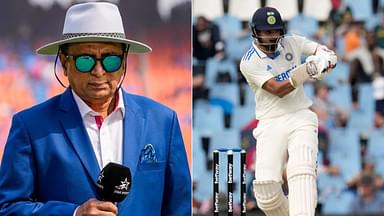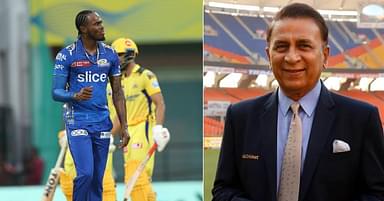Mumbai Indians welcoming back Chennai Super Kings- who had emerged the champions twice, and admitted back into the cash rich T20 format cricket after serving a two year ban on match fixing charge. The bidding by the teams in contention (eight) for the best talents is a spectacular prelude to the IPL season every year.
Advertisement
Foreign and India, the teams vie to buy the best-pinch hitters, unplayable bowlers, combination of both in the form of all rounders and the best fielders.
Although a few other ICC member countries like Pakistan and Bangladesh have kicked off their own T20 domestic league versions and some foreign players figure in them too, IPL remains the most colourful because it is here that they have to give off their best as the pay packets or base prices are much more.
The IPL has come as a big career booster for Team India stars as well as the younger talents waiting for an opportunity to represent the country. For, the IPL has as its philosophy encouragement of up and coming talent.
But pause for a moment and rewind to the era of 70s and 80s when Indian cricket had some great talents both with bat and ball, capable of the temperament and technique required to turn a game around even in limited overs format including the 20 overs a side game.
For instance any team would love to have in its dug out (late) C K Naidu, Mushtaq Ali who believed that a ball is meant to be hit after it leaves a bowler’s hand-speed or spin. Fail and fooled you may be, but smack the ball past the rope or over the ground.
Vijay Merchant, Polly Umrigar and Farokh Engineer
A Vijay Merchant, Polly Umrigar would have adapted themselves to T20 IPL cricket too. So would have Budhi Kunderan-even more so, in fact. Here was a batsman who would tear a bowler apart with contempt and make runs with aplomb.
And then his successor as wicket keeper batsman in the Indian team in the 60s and mid 70s, another dashing Mumbai cricketer Farokh Engineer.
He would too take delight in despatching the ball to the ropes and even risk his stay at the wicket to send the white ball over the boundary.
Salim Asif Durrani and Mohinder Amarnath
Then there is the most popular ‘hit man’ from that era-the 60s down to mid 80s. He would have fans in the stands cheering and calling out to him ball after ball “sixer, sixer” even in a Test match.
Yes, this is none other than the graceful Afghan, who was also briefly seen on celluloid in Mumbai: the six foot tall and handsome Salim Asif Durrani.
He was also the original ‘come back’ man of Indian cricket before
Mohinder Amarnath, a utility all rounder and one of the modern heroes of Indian cricket’s maiden World Cup triumph on English soil in 1983.
An IPL franchise would love to have a Durrani and Mohinder along with his younger brother Surinder in its dug out. wonder what Durrain’s base price would be, if were to figure in T20 format and drive terror into bowlers’ hearts!
R.G.Nadkarni and Rusi Surti
And if T20 cricket lays the onus on a bowler’s talent to pin down a batsman from belting the ball around, then who else could have done it better than Indian cricket’s Bapu R G Nadkarni, the left hand all rounder who holds the world record for bowling the maximum number of maiden overs in a Test match?
Then there was another left hand all rounder from that era Rusi Surti, who would never let the ball pass him on the field, wherever the captain and the bowler place him.
Eknath Solkar and Ajith Wadekar
So was another Mumbaikar Eknath Solkar, who would have struck fear into batsmen swooping up even the faintest nick or a bat-pad catch at close in positions while fielding, and then grab a vital wicket or two and polish off a game with his bat in a crisis , batting lower down.
No wonder , Solkar was seen as the ‘crisis man’ along with another Mumbai teammate and former India captain Ajith Wadekar. The latter’s sweetly timed sweeps and drives plus his impeccable slip catching would have also made him an ideal pick for the T20 IPL cricket.
Kris Srikkanth
Chennai talent K Srikkanth: This Master Blaster of an opening batsman and partner to another former caaptain, would have also been picked by any IPl team.
His belligerent batting which left even the Little Master Gavaskar watching in awe at the other end when the two opened for India, bears testimony to this argument.
A few of his strokes against the likes of Andy Roberts in the 1983 World Cup and later in the Worlld Series Cricket competition in Australia are remembered to this day. What’s more ,there are few players who can field like this dashing former Chennai talent who had also served Indian cricket as a selector .
In the Srikkanth mould, one could add another chairman of selection committee and a Mumbai talent Sandip Patil who would have fitted the IPL style of cricket to a T, so to speak.
G.R.Viswanath and Sunil Gavaskar
And how can one not think of the great artiste with the bat :G R Viswanath?
His crackling square cuts and drives mixed with solid defence against the best of pace bowlers, as he demonstrated during his classic 97 not out against the then invincible Caribbeans in a Test match at Chennai, will exactly fit into the philosophy of IPL: giving the fans their money’s worth….
Tail piece: would the fans today prefer to see SMG- a lead commentator now in IPL, at the crease representing a franchise and showing them what copy book cricket is. He too represents an era of supreme talents in Indian cricket since the 70s upto…. when he decided to hang up his boots/bat!

